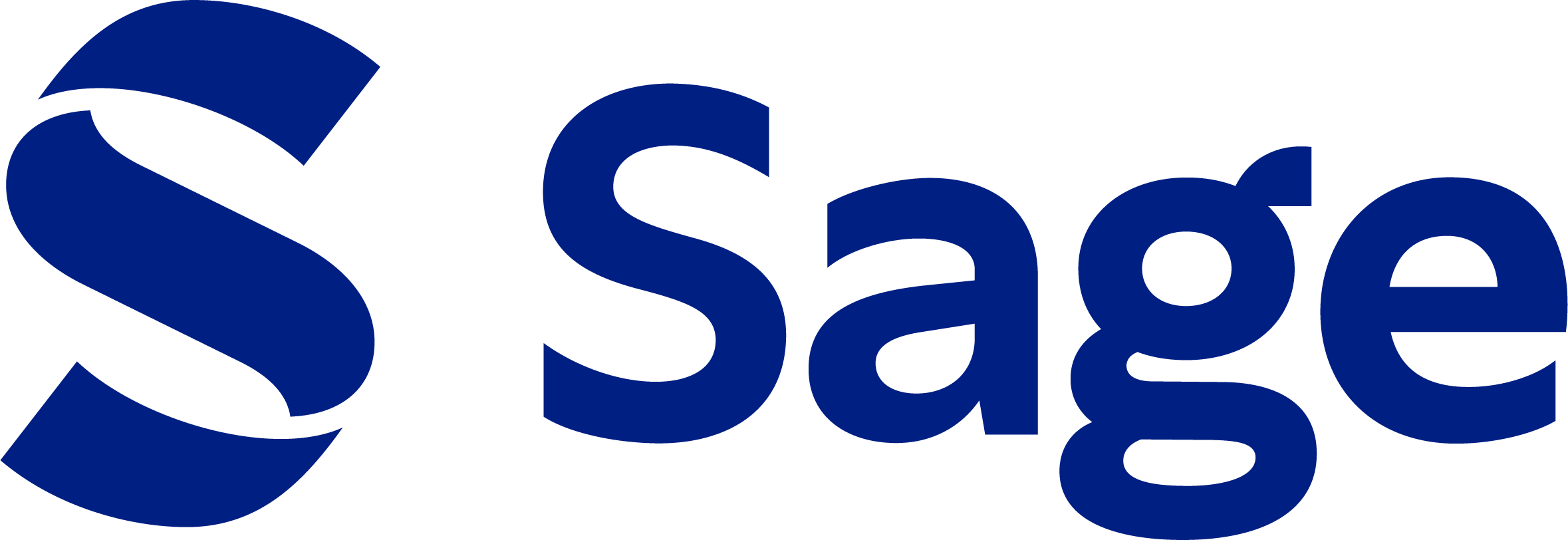As part of our commitment to publishing impactful research that helps to influence and inform policy, practice, and the public, Sage has committed to the five principles for publishers outlined in the Declaration on Research Assessment (DORA). Sage’s commitment to these principles has been built into the platforms and technologies we have developed over recent years, and we will continue to evaluate and extend our efforts to advance robust and appropriate measures of research impact.
How is Sage taking action?
Click on each of DORA’s principles for publishers to see how we are taking action:
-
Journal metrics pages: Our comprehensive journal metrics pages cover metrics from Journal Citation Reports, Scopus, and Google Scholar, as well as full-text usage and abstract and indexing services, among others.
Sage Policy Profiles: Powered by Overton, the world’s largest searchable index of policy documents, Sage Policy Profiles allows researchers to discover where their research is cited around the world, easily visualize the data, and share what they find.
Five-year Impact Factors (JIF): With regard to citation-based impact metrics, we place emphasis on the five-year Journal Impact Factors (JIF) alongside the standard two-year measure. We believe the five-year metric provides a longer-term and more balanced picture than metrics from shorter windows, especially in research areas where citations are often slower to accrue.
Ten-year impact award: Every year we award Sage authors on three separate papers with a “10-Year Impact Award”. This is to acknowledge that much research requires a longer timeframe in which to gain recognition and impact goes way beyond citations. The papers have been published in Sage Journals 10 years prior and have been cited the most compared to all papers Sage published in that same year.
Understanding Journal Metrics: An information website for researchers with information about journal metrics and how to use them.
-
Article metrics: Authors and readers can see article metrics for every article we publish, including article usage and citations from Crossref and Web of Science.
Journal homepage features: Each journal homepage features top downloaded articles, top-cited articles, and articles trending on Altmetric.
-
CRediT: Over time, Sage will be adding Contributor Roles Taxonomy (CRediT) on the majority of our journals. For more information see Sage’s CRediT page on our Author Gateway.
-
I4OC: Sage is a participating publisher in the Initiative for Open Citations (I4OC), and all articles are published with freely available reference lists.
Article sharing functionality: We provide authors an easy way to share a read-only article version via the Sage Journals article sharing tool. This ensures authors’ friends and colleagues have a free and accessible way to view articles shared with them without the need to subscribe.
-
Number of references per manuscript: Sage allows editors and their editorial boards to determine the number of references allowed per manuscript. We are committed to sharing the aims of DORA with these stakeholders.
Furthering impact
For information on our commitments beyond DORA and how we maintain accountability on research impact, see the following:
An interview with DORA chair Dr. Stephen Curry on Social Science Space.
"On Measuring Social Science Impact,” a thought piece in the Organization Studies journal by Ziyad Marar, President of Global Publishing at Sage.
Sage’s white paper on Measuring Societal Impact in Business & Management Research: From Challenges to Change.
Read more about Sage’s efforts to increase research impact.
About DORA
The Declaration on Research Assessment (DORA) recognizes the need to improve the ways in which the outputs of scholarly research are evaluated. The declaration was developed in 2012 during the Annual Meeting of the American Society for Cell Biology in San Francisco. It has become a worldwide initiative covering all scholarly disciplines and all key stakeholders including funders, publishers, professional societies, institutions, and researchers. We encourage all individuals and organizations who are interested in developing and promoting best practice in the assessment of scholarly research to sign DORA.
For more information, read the latest DORA indicators guide, Guidance on the responsible use of quantitative indicators in research assessment.


